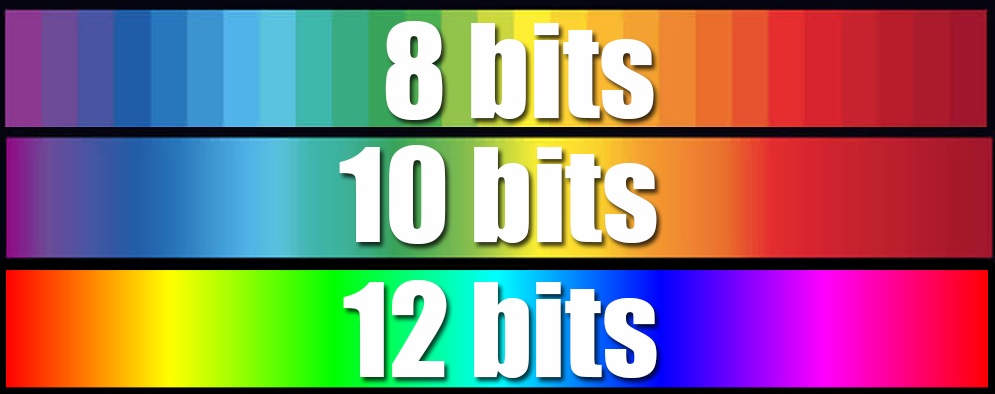
What is HDR (High Dynamic Range)?
- HDR Understanding and How it Works:
- During a dark scene in a movie, you would be able to see the details of the dark images as opposed to it being lost in the shadows “like Batman” :-).
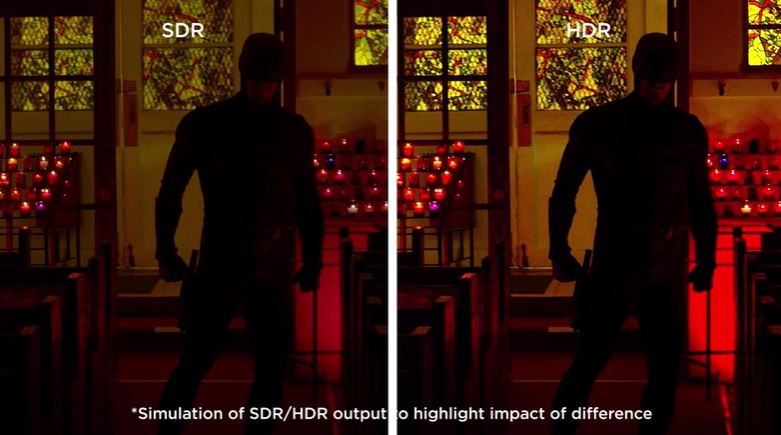
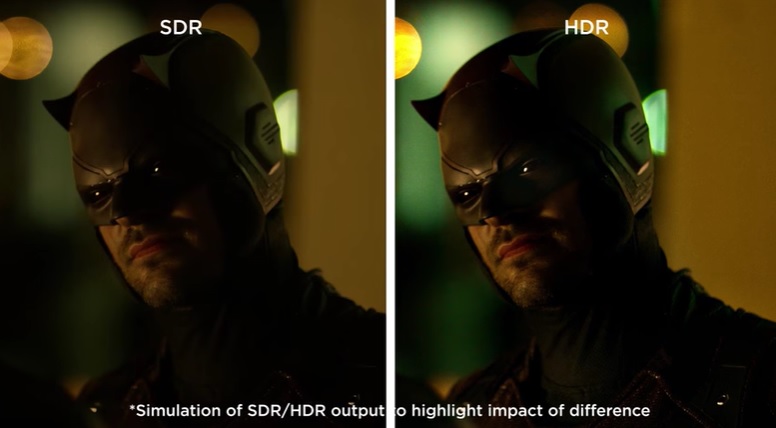
- As well as in a very bright scene in a movie, you would be able to see the details of the images where it would typically be washed out.


How does HDR do this?
- In photos takes with a camera, the image will be taken (3) times. One that is Overexposed, another that is Normal and one more that is Underexposed. Then the processor within the camera will “stich” these images together to create the HDR image.
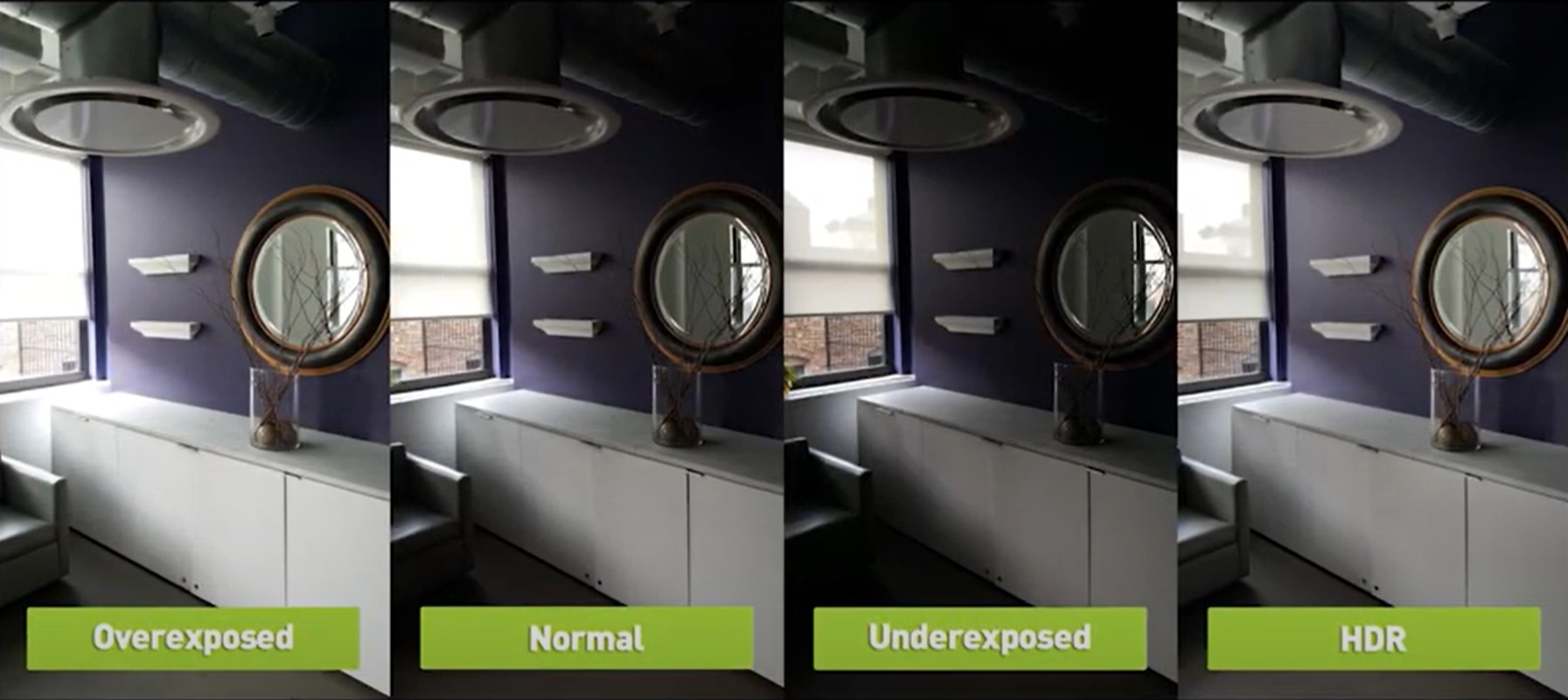
- Whereas with video, the video recording device will be capturing the Exposer for the Background and the Exposer for the Foreground to capture the video in HDR. In essence, putting both images together to create that HDR video.
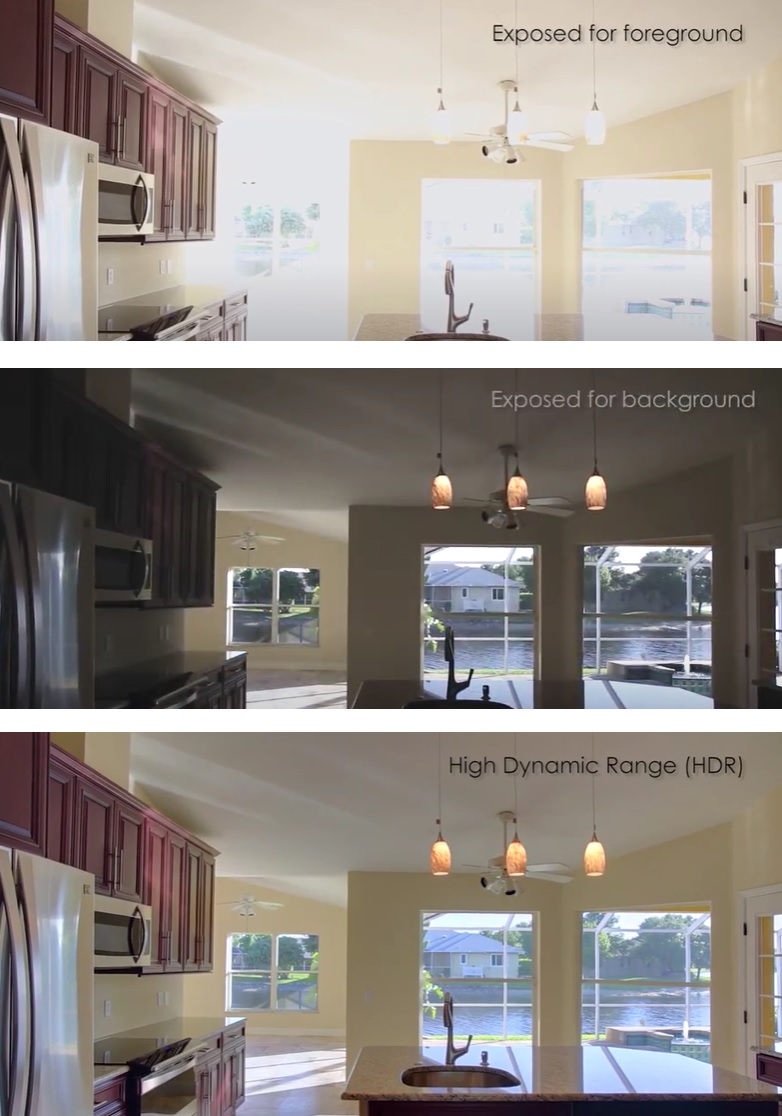
- Additionally, HDR is 10-Bit (1.07 Billion Possible Colors) as opposed to SDR’s 8-Bit (16.7 Million Possible Colors) that will give you a larger color palette.
- The term SDR or Standard Dynamic Range, has been created to differentiate TV’s and Projectors that are not HDR compatible.
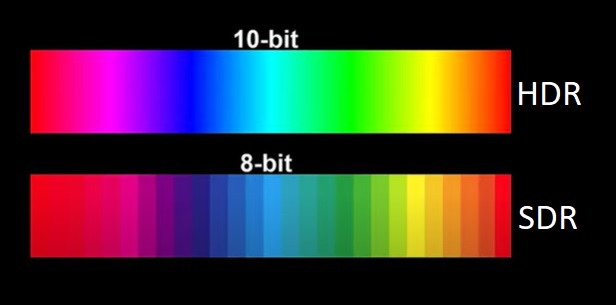
Flavors of HDR:
HDR10
- HDR10 is open source so it does not cost the manufactures anything to have it incorporated into their TV’s or Projectors.
- HDR10 uses Static Metadata, which means that it will tell the TV or Projector what the brightest level and darkest level for the entire video will be and set the TV or Projector to a set brightness level that will best let you see the HDR content.
- 10-Bit, 1.07 Billion Colors
HDR10+
- HDR10+ is open source as well so it does not cost the manufactures anything to have it incorporated into their TV’s or Projectors.
- HDR10+ uses Dynamic Metadata, which means that it will tell the TV or Projector to adjust per scene or frame by frame the brightness level that will change during the video playback and will deliver the best HDR content.
- 10-Bit, 1.07 Billion Colors
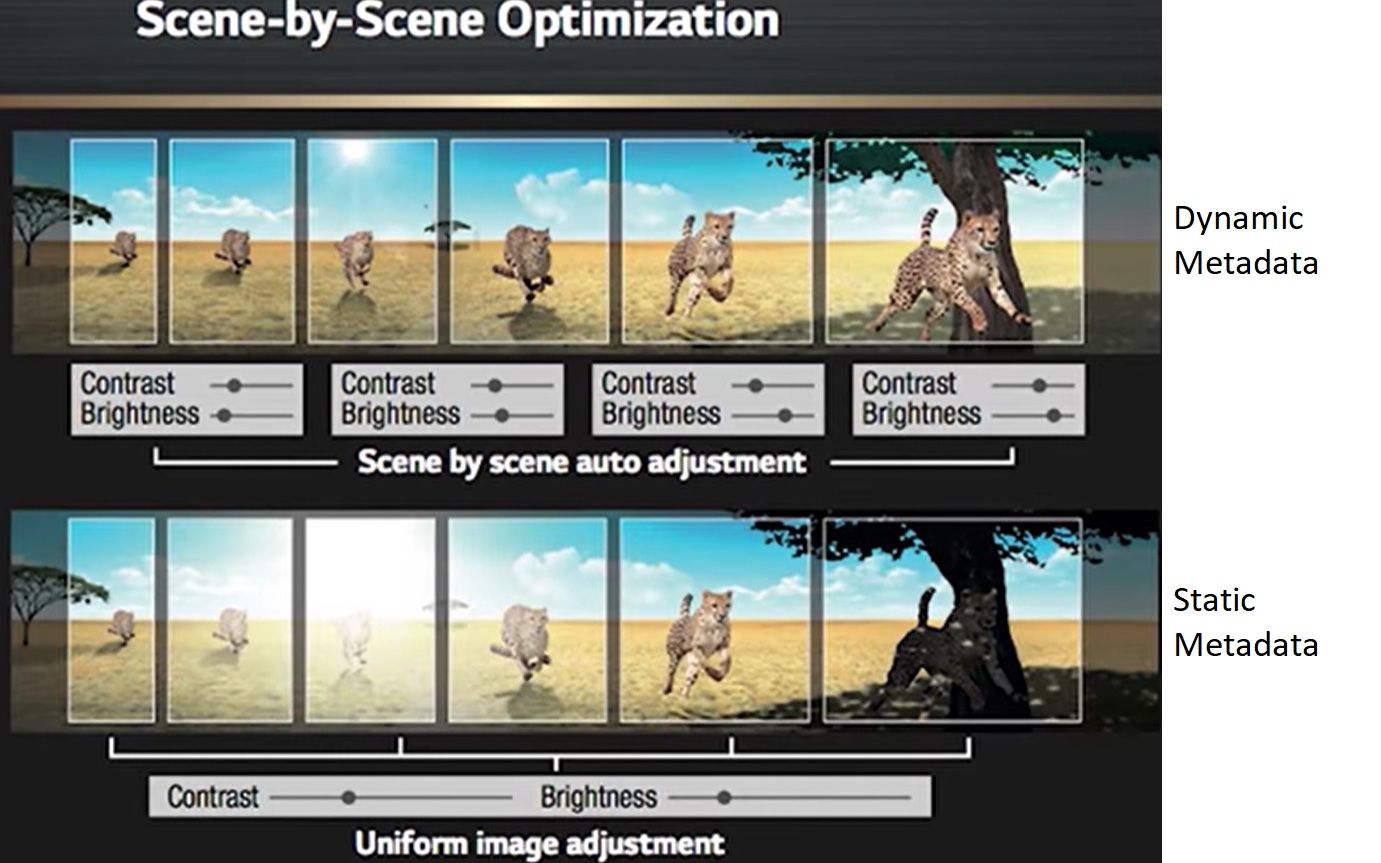
Dolby Vision
- Unlike HDR10 and HDR10+, Dolby Vision is not open source so manufactures will have to pay royalties to have it incorporated into their TV’s or Projectors.
- Dolby Vision uses Dynamic Metadata like HDR10+, will tell the TV or Projector to adjust per scene or frame by frame the brightness level that will change during the video playback and will deliver the best HDR content. However, Dolby Vision has better Peak Brightness currently mastered at 4000 cd/m², but supports up to 10000 cd/m² and:
- 12-Bit, 68.7 Billion Colors
